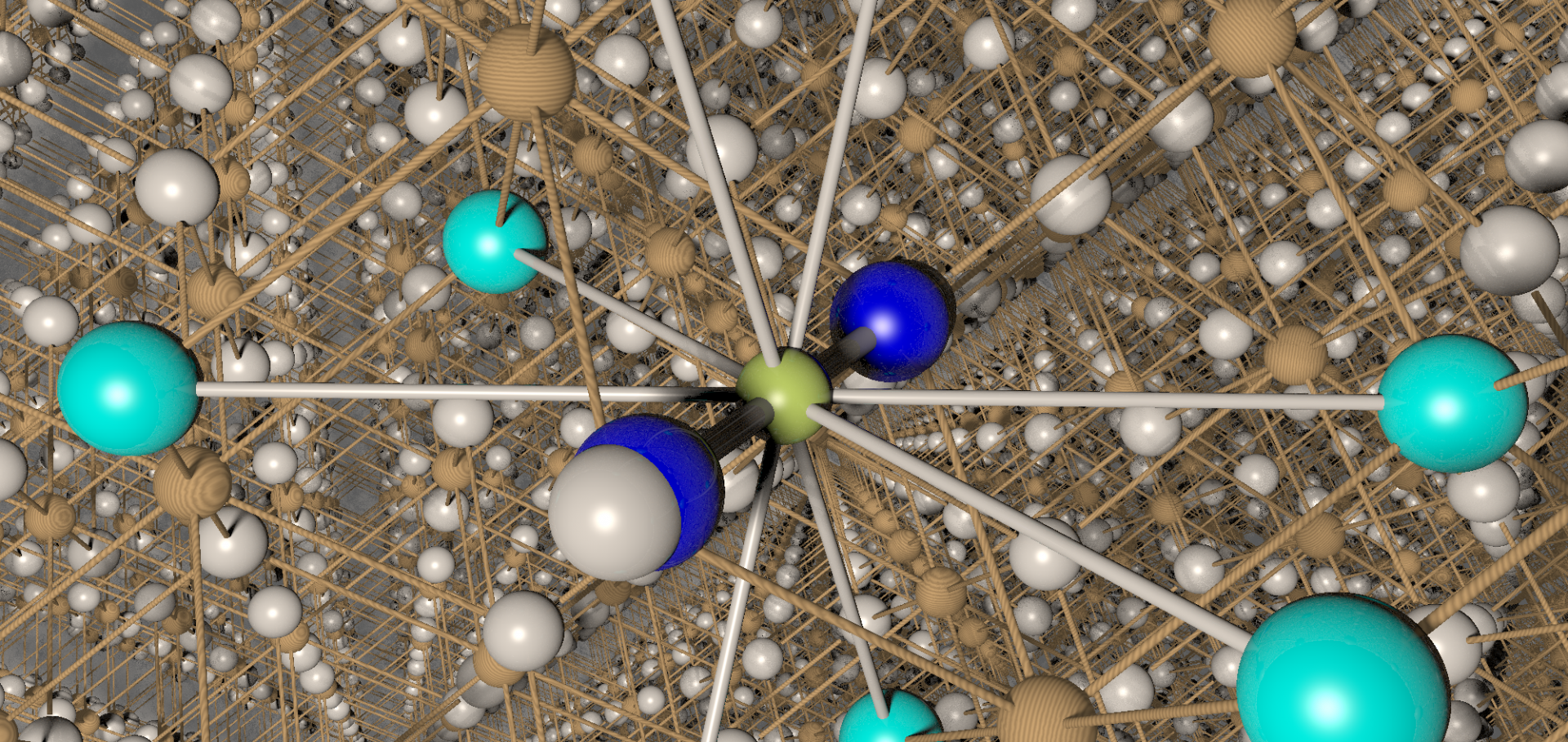Quantum-mechanical model of fermi-surface traversal resonance
Physical Review B - Condensed Matter and Materials Physics 60:23 (1999) 15500-15503
Abstract:
We describe a quantum-mechanical model of Fermi-surface traversal resonance (FTR), a magneto-optical resonance that occurs in quasi-one-dimensional metals. We show that the predictions of this model are in quantitative agreement with earlier semiclassical models of FTR. The agreement between the two approaches, whose starting assumptions are very different, demonstrates that it is a fundamental property of quasi-one-dimensional systems. © 1999 The American Physical Society.Spin-polarized muons in condensed matter physics
Contemporary Physics 40:3 (1999) 175-192
Abstract:
A positive muon is a spin-1/2 particle. Beams of muons with all their spins polarized can be prepared and subsequently implanted in various types of condensed matter. The subsequent precession and relaxation of their spins can then be used to investigate a variety of static and dynamic effects in a sample and hence to deduce properties concerning magnetism, superconductivity and molecular dynamics. Though strictly a lepton, and behaving essentially like a heavy electron, it is convenient to think of a muon as a light proton, and it is often found with a captured electron in a hydrogen-like atom known as muonium. This article outlines the principles of various experimental techniques which involve implanted muons and describes some recent applications. The use of muons in condensed matter physics has shed new light on subjects as diverse as passivation in semiconductors, frustrated spin systems, vortex lattice melting, and quantum diffusion of light particles.Temperature and doping-level dependence of magnetic order in (formula presented) studied by muon spin rotation
Physical Review B Condensed Matter and Materials Physics 59:5 (1999) 3775-3782
Abstract:
We report muon-spin-rotation (Formula presented)SR) measurements on a series of compounds with composition (Formula presented) with strontium doping level x between 0 and 1. A magnetic transition is found in all the samples studied, which occurs at a composition-dependent temperature, (Formula presented) Below (Formula presented) clear precession signals are observed in zero applied magnetic field for all (Formula presented), indicating the existence of at least short-range magnetic order on a time scale longer than (Formula presented) s. Above (Formula presented) the magnetic correlation times decrease by several orders of magnitude. At (Formula presented), we find peaks in both (Formula presented) and the zero-temperature staggered magnetization, an observation which we attribute to the higher degree of localization of the holes at this doping level. The measurements of (Formula presented) as a function of x extend the determination of Néel temperatures by previous neutron diffraction and (Formula presented)SR measurements. © 1999 The American Physical Society.Nature of the spin state in TmNi2B2C
PHYSICA B 261 (1999) 588-589
Abstract:
We had observed earlier that in the quaternary borocarbide magnetic superconductor TmNi2B2C (T-c = 11K, T-N = 1.5 K) quasistatic magnetic correlations persist well above TN (up to similar to 20 K), which is rather unusual. To further probe the nature of its spin state, we used magnetically oriented powder samples of TmNi2B2C and the mu-SR technique. We observe that the quasistatic internal held has a well defined direction. The spontaneous muon precession signal has three times the amplitude when the c-axis alignment is perpendicular to the initial muon beam polarization than when parallel. The transverse configuration enhances the oscillatory signal. This has enabled us to show that the quasistatic magnetic correlations persist even up to 50 K. Furthermore, we find a peak around 7 G in the field dependence of the longitudinal relaxation, which we attribute to the presence of a level crossing resonance arising from quadrupole levels of the boron nuclei. (C) 1999 Published by Elsevier Science B.V. All rights reserved.Several kinds of aminoxyl radicals and their metal ion complexes
MOL CRYST LIQ CRYS A 334 (1999) 477-486


